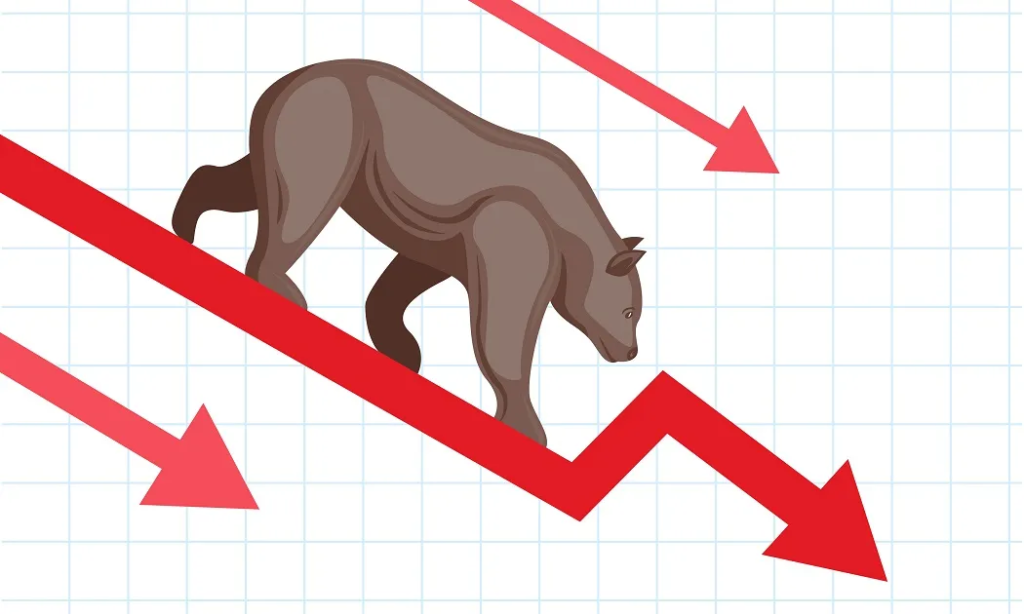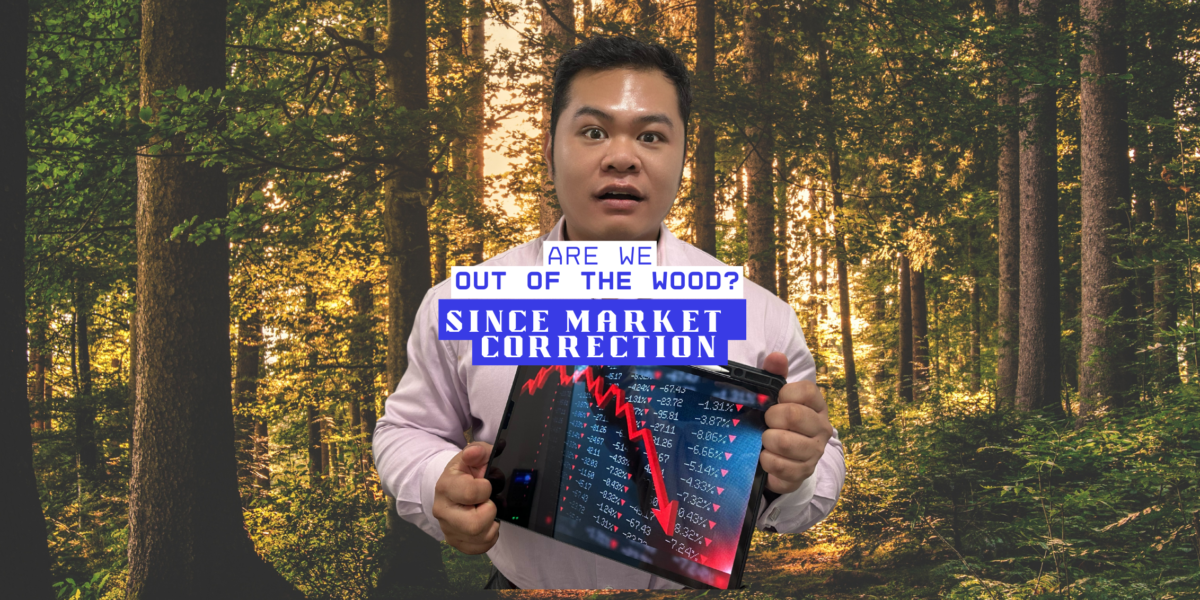
On March 13, 2025, the S&P 500 officially entered correction territory, falling 10% from its February 19 peak, and marking a 22-day decline. Since then, the market has shown signs of recovery, gaining approximately 4% from its March 13 low. However, as of March 27, the index still remains about 6% below its February high.
Historically, the average correction lasts about 115 days, so while the recent rebound is encouraging, many people still unsure whether the market has truly recovered. In fact, some of my prospects that I spoke to are hesitant to invest, fearing a potential bear market might follow soon.
Is that fear rational? But first, let’s understand what a bear market.

🐻 What Is a Bear Market?
A bear market is typically defined as a decline of 20% or more in a broad market index (such as the S&P 500) from its recent high, sustained over a period of weeks or months—not just a short-lived dip.
Key Things to Note:
- Broad Market Index: Includes major indices like the S&P 500, Dow Jones Industrial Average, and NASDAQ Composite.
- Measured from Recent High: The 20% drop is calculated from the most recent closing high, not necessarily the all-time high.
- Sustained Downtrend: A bear market implies a prolonged decline, not a quick correction or market blip.
📉 Market Correction vs Bear Market

🧠 How Often Does a Correction Follow an All-Time High?

The chart above shows how often the S&P 500 has declined more than 10% following each of its 1,250+ all-time highs since 1950:
- Looking 1 year out from each all-time high, corrections over 10% happened only 9% of the time—meaning it’s not that common.
- Over a 5-year horizon, the S&P 500 has never been down more than 10% at the end of any period following an all-time high since 1950.
🔁 This shows that long-term investors have the advantage. Staying invested often helps people stick to their financial plan, even when volatility arises.
🧾 So What Are the Chances of a Bear Market Following a Correction?
Since the 1950s, the S&P 500 has had about 38 market corrections.
Out of these, 12 corrections went on to become bear markets — that’s roughly 1 in every 3. So statistically, the odds are in favor of a correction not becoming a bear market.

⏳ How long does bear market last?
Well, let’s look at the past historical data. below is the list of the bear market and their respective duration.

⏱️ The longest bear market lasted around 2.5 years. This helps explain why, over any 5-year period since 1950, the market has never been down more than 10% at the end — because eventually, recovery happens.
Disclaimer: Past performance is not indicative of future results. This is purely historical reference.

🧭 So… Are We Out of the Woods Yet?
There’s no way to know exactly what lies ahead in the short term. But historical data shows that markets tend to trend upward over time, thanks to factors like population growth, innovation, and increasing demand.
A market correction does not automatically mean a bear market is coming. In fact, many corrections in history have been followed by strong recoveries. They may actually represent opportunities for growth, rather than signals of doom.
If you’re a long-term investor, remember that market ups and downs are simply part of the journey. Stay clear-headed and don’t let emotions affect your discipline. A well-diversified portfolio across different asset classes can help you ride through market noise and grow alongside the market.
Source:
https://www.reuters.com/markets/wealth/sp-500-correction-six-charts-2025-03-13
https://www.reuters.com/markets/us/futures-jump-hopes-measured-us-tariffs-2025-03-24
https://www.rbcgam.com/en/ca/learn-plan/investment-basics/investing-at-all-time-highs/detail
https://www.kiplinger.com/investing/historical-stock-market-patterns-for-investors-to-know




